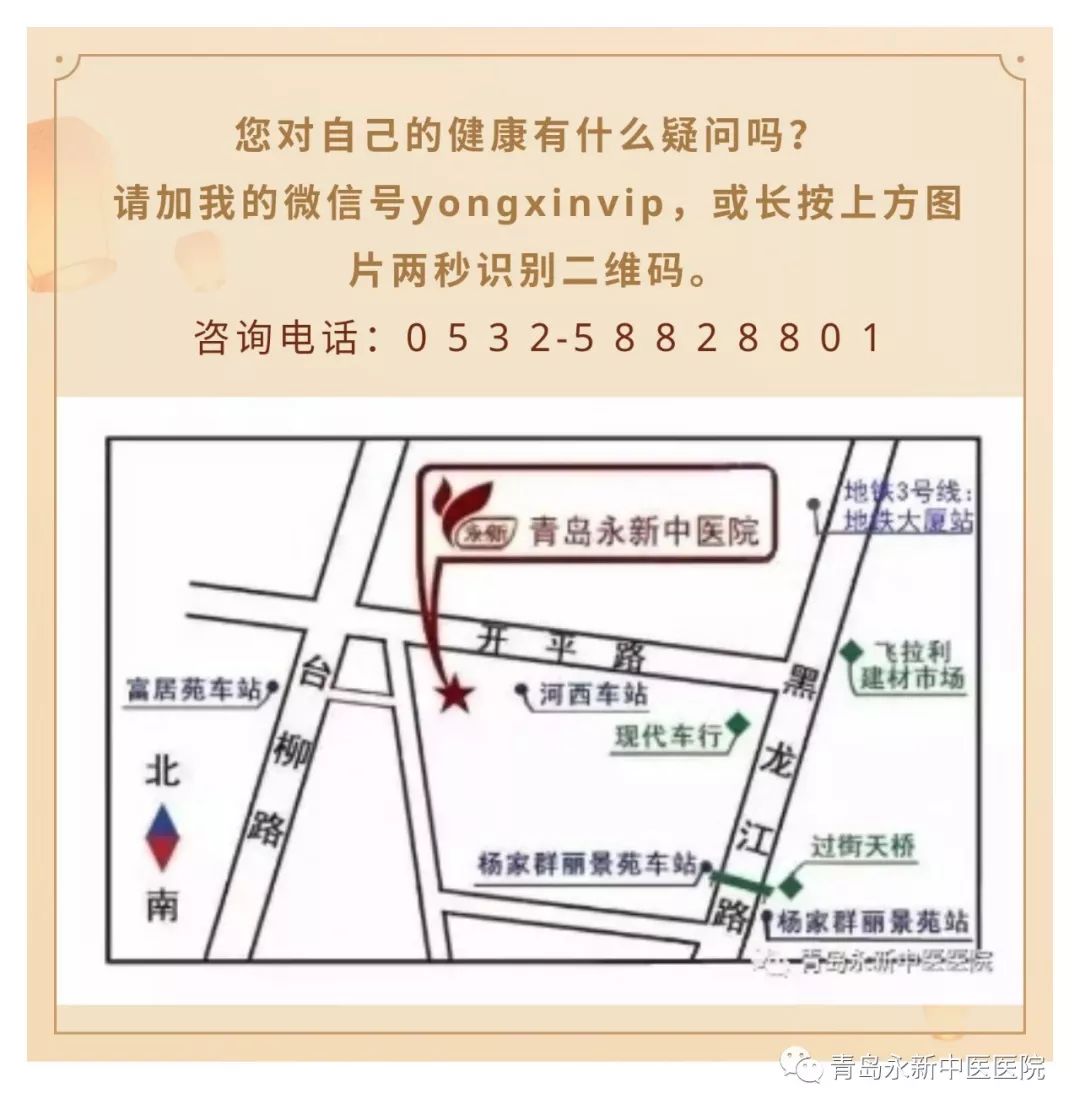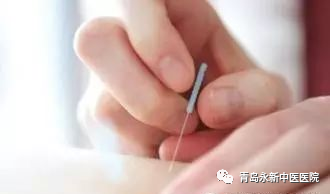
Bloodletting Therapy
The medical effects of bloodletting therapy are as follows::
1. Heat Dispelling
Bloodletting therapy can reduce fever. Ancient medical texts record the concept of “dispelling heat through bloodletting.” There are many causes of fever; generally speaking, bloodletting therapy is particularly effective for exogenous heat and Yang excess heat. After bloodletting, it can promote the expulsion of pathogenic heat or reduce the heat in the blood, restoring the balance of Yin and Yang and thus reducing fever. The Neijing has a chapter titled “Needling Heat” that discusses the treatment of febrile diseases, stating: “In cases of lung heat disease, there is first a feeling of coldness, followed by hair standing on end, aversion to wind and cold, a yellow tongue, and body heat. If heat is excessive, there will be coughing and chest pain, difficulty in breathing, severe headache, sweating with chills, etc. Bloodletting at the Taiyin and Yangming points, with blood flowing like soybeans, will immediately alleviate the condition.” This vividly describes the symptoms caused by external pathogens and the remarkable effects of bloodletting therapy in reducing heat and curing diseases.
2. Pain Relief
The most prominent therapeutic effect of bloodletting therapy is pain relief, effective for conditions such as neuralgia, joint pain, sciatica, renal colic, severe pain from phlebitis, and appendicitis. After bloodletting, pain can significantly diminish or disappear. Traditional Chinese Medicine (TCM) holds that “pain indicates obstruction.” If the flow of Qi and blood is abnormal, it leads to Qi stagnation and blood stasis, causing obstruction in the meridians and resulting in pain. Bloodletting can clear the obstructed Qi and blood in the meridians, altering the pathological changes of Qi stagnation and blood stasis, thus relieving pain.
3. Sedation
Bloodletting has a calming effect, with clinical observations showing certain effectiveness in treating manic-type schizophrenia, insomnia, hysteria, tetanus, and epilepsy. This effect may be achieved by regulating blood and Qi, facilitating the meridians, and restoring normal physiological functions. In TCM, it is believed that manic disorders are often caused by emotional distress. Zhu Danxi stated: “When blood and Qi are harmonious, no diseases arise; when there is emotional distress, various diseases emerge.” Patients often exhibit irritability, reduced sleep and appetite, followed by shouting and aggression, even self-harm. After bloodletting therapy, most patients quickly calm down, sleep soundly, and awaken refreshed, with their condition gradually improving.
4. Swelling Reduction
Local swelling and pain in limbs caused by trauma are often due to Qi stagnation and blood stasis, leading to obstruction in the meridians. Bloodletting can clear the obstructed Qi and blood in the meridians, allowing the local injury to regain smooth circulation, thus alleviating swelling and pain. Clinical observations indicate that bloodletting therapy is effective for both new and old injuries.
5. Emergency Resuscitation
The emergency effects of bloodletting therapy have been highly valued by ancient physicians and are widely known in folk medicine. For acute conditions such as heat stroke, convulsions, shivering, coma, hypertension, and snake bites, bloodletting therapy can often immediately alleviate the critical situation. The Qing Dynasty book Shazhang Yuheng summarizes experiences in treating shazheng (a type of heat stroke), stating: “If shazheng occurs internally and the person is unaware, the shaz气 obstructs and poisons the heart meridian, leading to immediate dizziness…” It further states, “If shaz enters the blood level and poisons the body, bloodletting is advisable.” Bloodletting can effectively expel toxic blood and cure shaz symptoms. Clinical observations show that for some patients with acute hypertension and stroke, bloodletting therapy can rapidly lower blood pressure, proving to be a simple and effective emergency method.
6. Detoxification
Bloodletting has detoxifying and anti-inflammatory effects. For some infectious diseases such as acute mastitis, acute appendicitis, erysipelas, furuncles, and conjunctivitis, bloodletting therapy can promote the resolution of inflammation. For localized infections like furuncles and erysipelas, bloodletting can be performed directly at the swollen area to expel toxins with the blood. In cases of snake bites, immediate bloodletting at the bite site can help expel venom and alleviate poisoning symptoms.
7. Stasis Dissolution and Symptom Relief
Bloodletting has the effects of invigorating blood circulation, dissolving stasis, and relieving symptoms, effectively treating blood stasis and accumulations. Accumulation refers to a condition of abdominal masses that may be painful or distended. The Jinkui states: “Accumulation is a disease of the organs, which does not change; while a mass is a disease of the bowels, which occurs intermittently and can be treated.” Symptoms of masses generally belong to the category of accumulation. The Zhuying Yuanhou Lun states: “Masses arise from disharmony of cold and heat, improper diet, and the binding of Qi and blood. If the condition is immobile, it is called a symptom; if it can be moved, it is called a mass. A mass is false and can be moved.” The pathological changes of masses and accumulations are essentially due to Qi stagnation and blood stasis. Bloodletting can clear the meridians and regulate Qi and blood, alleviating or eliminating the pathological changes of Qi stagnation and blood stasis, thus achieving the effects of invigorating blood circulation, dissolving stasis, and relieving symptoms.
In addition to the main medical effects mentioned above, clinical observations have also noted effects such as cardiotonic, diuretic, antiemetic, and antipruritic.
The foundation of life is metabolism, which relies on a sound blood circulation system. TCM believes that Qi and blood circulate through the meridians, nourishing the entire body and supporting all physiological activities. “Blood and Qi are the spirit of a person” (Suwen), where the spirit represents the totality of life activities, and Qi and blood are the driving force and source of these activities. When Qi and blood are abundant and circulate normally, one feels energetic, has strong resistance to diseases, and life activities proceed normally, hence “those who possess spirit thrive.” Conversely, if the righteous Qi is deficient and external pathogens invade, it leads to chaotic Qi dynamics, Qi and blood stagnation, and dysfunction of the organs, resulting in disease. Therefore, it is said that “all diseases arise from Qi and blood stagnation and obstruction” (Qianjin Fang), and “when blood and Qi are not harmonious, various diseases will manifest” (Suwen).
Side Effects of Bloodletting Therapy:
Bloodletting therapy primarily aims to clear stagnant blood from the body, achieving the effect of unblocking meridians and dissolving stasis. However, there are some side effects associated with bloodletting therapy.
The first side effect is the risk of bacterial infection if hygiene is not maintained during the procedure.
The second side effect is improper control of the amount of bloodletting, which can lead to anemia.
The third side effect is that the instruments used must be sterilized before use, as they are often reused. Therefore, proper disinfection is essential to prevent viral infections.
Advantages and Characteristics of Bloodletting Therapy:
1、Good efficacy and quick results, especially for conditions with excess symptoms, showing remarkable effects, such as lumbar disc herniation, coronary heart disease, phlebitis, neurodermatitis, vascular headaches, sciatica, shoulder periarthritis, and rheumatism, with a very high cure rate confirmed by tens of thousands of clinical cases.
2、Improves physical constitution, enhances immune function, anti-aging, prolongs life, and has considerable cosmetic effects (such as removing spots and wrinkles, beauty, and weight loss).
3、Expands the diagnostic and therapeutic scope of bloodletting therapy, applicable not only to pain conditions but also to over a hundred diseases in internal medicine, neurology, dermatology, surgery, gynecology, and pediatrics, and is widely applicable to various non-pain conditions with minimal side effects (as long as the amount of bloodletting is reasonable, there are basically no side effects).
4、Broadens the diagnostic and therapeutic thinking of bloodletting therapy, providing a new understanding of health, and fully utilizing the efficient and rapid clinical effects of bloodletting therapy. This technique is practical, efficient, quick, simple to learn, and easy to master, requiring no complex equipment.




